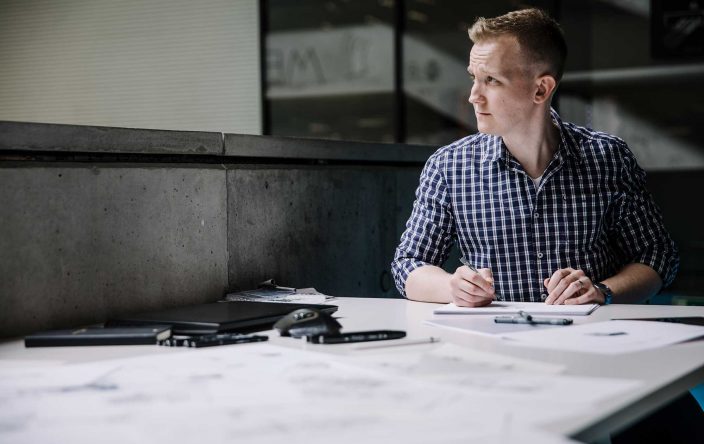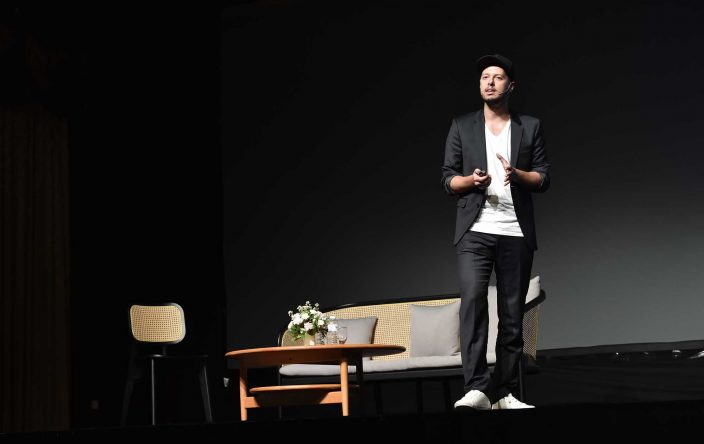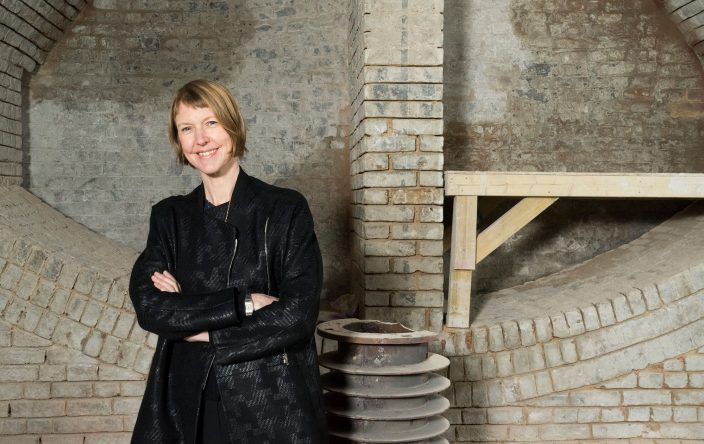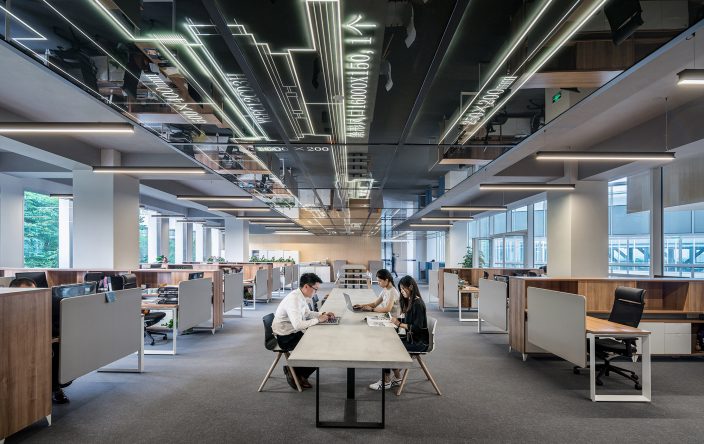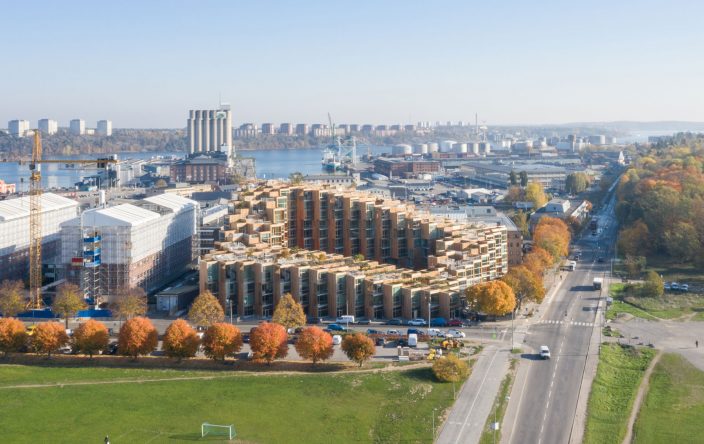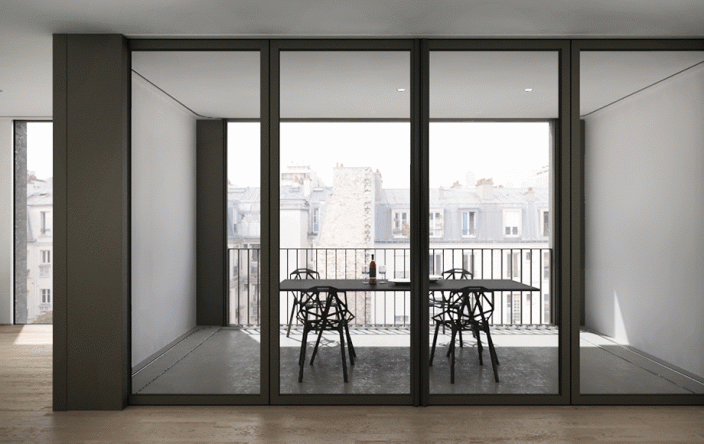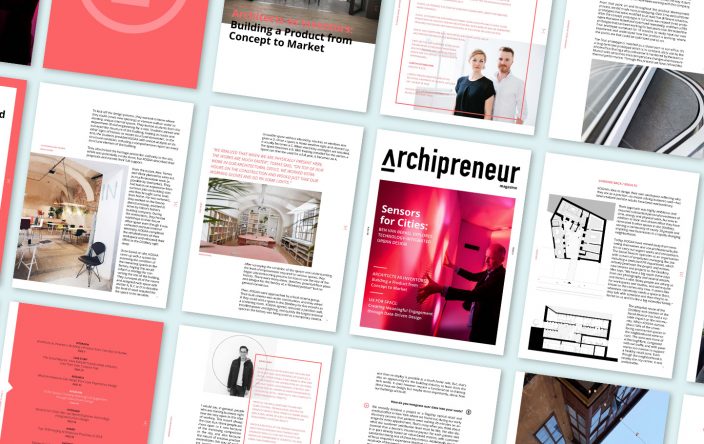
10 Things You Can Learn While Working For a Starchitect
Working for a starchitect can feel a little like walking on a tightrope. Daily pressures, competitiveness and tight deadlines have deterred many from the job, but the numerous benefits that these experiences offer easily outweigh their drawbacks and, crucially, always provide invaluable lessons for budding archipreneurs.
Working for starchitect offices has become a controversial and divisive topic due to numerous reports citing long work hours, disruptive office politics and either low pay or no pay at all for interns. Stories about renowned principals not showing up, only to throw tantrums when they do hours later, as well as unhealthy employee competitiveness and near impossible deadlines are some valid reasons as to why working for a starchitect has gotten such a bad rap over the years.
Nevertheless, there are (arguably) other equally valid reasons as to why young graduates continue to line up for the opportunity to work in offices run by famous architects. Whether it’s to gain experience, acquire impressive references or simply schmooze with the big guns, these hopeful professionals are proving that there’s a lot to be learned from the most successful in the field. Here are some of the most important behaviors that you can learn from working for a starchitect:
#1 – Brand Building
There is a science to marketing your work – if anyone has mastered it it’s the starchitects. An important part of brand building is to create a niche that will keep new commissions rolling in and media devouring every press release of yours that hits the Internet. Daniel Libeskind, Frank Gehry and Bernard Tschumi have become the ‘go-to’ architects for cultural monuments; Richard Meier has become the developers’ first choice for high-end residential architecture; Helmut Jahn is known for high-rises and glass-and steel commercial building, gmp Architects design stadiums, and so on.
#2 – Knowing the Value of Projects
Established architects create works of high value and know how to price themselves. Learning how they do so could be key to your own success. The experience of watching these guys at work can inspire you to learn how to negotiate and get your way in a deal. Another benefit of working for a starchitect is in actually going through the wringer of the daily pressures that come with working in a high-profile environment. Overcoming setbacks, tricky obstacles and the murky waters of office politics will make you stronger and encourage you to fight for your own talents to be seen.
#3 – Showing Off Projects
Starchitects never miss opportunities to show off their projects to decision-makers, journalists, colleagues, architectural students and the general public. Their designs are displayed in their studios, showcased at exhibitions, and project principals often give lectures, attend conferences and publish books. Their promotional material runs the gamut from publications to giveaways.
#4 – Celebrating Successes
Every now and then, starchitects give themselves and their employees the opportunity to relax and enjoy their success. They can recognize and celebrate each project milestone as a way to relieve the pressures of the everyday. Giving people the opportunity to socialize and loosen up in an informal atmosphere also helps to strengthen the team.
#5 – Collaborating With the Best
To be excellent in your business, you have to surround yourself with talented people. Starchitects usually team up with only the best engineers, consultants, PR agencies, developers and contractors, which goes to show that recognizing talent is essential for building a successful career. Koolhaas, Libeskind and Calatrava, for instance, could have never brought their visions to life without the expertise of Cecil Balmond, structural engineer and a trustee of Arup, a famous London-based international engineering firm. There are numerous examples of successful long-term collaborations among famous architects and professionals working within relevant industries.
#6 – Creating an Automated Design Language
Successful design offices develop systematic frameworks, procedures and automatically generated design solutions that help link the design with the construction process. The practice of establishing a design ‘language’ enhances efficiency and is recognized as the modus operandi for the best architectural firms. Additionally, by having a recognizable design language, starchitects can rely on their staff to follow the same logic and produce work that is consistently in line with the firm’s profile. By appropriating some of these principles and developing your unique design philosophy behind them, you can increase the efficiency of your future practice.
#7 – Finding Local Partners
Many famous firms find localized partners for specific commissions in order to optimize construction processes, simplify navigating the permit/building code minefield, and acquire knowledge on how things are done differently in other countries, regions and cities. In this way, starchitects outsource a large portion of their construction risks and capitalize on their partners’ experiences without having to do all the heavy lifting. It is time-effective, resource-effective and builds relationships with national and international partners and clients.
#8 – Creating an Efficient Work Environment
Creating an efficient office structure is an important ingredient for the success of an architecture firm. A strong hierarchy is evident in most starchitect offices but this is certainly not the only model out there. Some studios prefer a more diffused organizational approach with a loose hierarchy (think SANAA). In both cases, the principals have found a method that appeals to different personality types. A great management system means that the office is kept running smoothly while the principals are out acquiring new commissions.
#9 – Effective Storytelling
Starchitects repeatedly market their design attitudes and philosophies until their name becomes associated with specific principles, catchphrases and tropes. Future archipreneurs should learn from Bjarke Ingels’ famous apocryphal motto “Yes is More” and OMA’s manifesto-style book S,M,L,XL in order to discover what makes their own story original and fresh.
#10 – Realizing Someone Else’s Dream
While the satisfaction of working on high profile and interesting projects is a reward in itself, it is always useful to keep in mind that you are refining someone else’s ideas. Some people might be comfortable with the thought of spending their entire careers working for a starchitect, but if you’re determined to nurture your “archipreneurial spirit” then it is important to focus on learning from and utilizing the experience you have gained when the time comes to get out there and build your own practice.
***
It is a well-known fact that most world-famous architects belong to an elite, exclusive and very successful club where only the most promising students and beginners are nurtured. Successful firms such as BIG, REX, MVRDV and FOA are, in the words of Conrad Newel, “the Children of Rem” (Koolhaas) and are living proof that having a famous architect recognize your work can be the key to a successful career.
Working in a starchitect’s office can be a confusing experience, and can cause one to lose sight of the big picture. Keeping your goals and entrepreneurial ambitions on track is one of the most important lessons an archipreneur can learn from working for a successful starchitect.
Have you ever considered working for a famous architecture firm? Perhaps you have already done so? Share your thoughts and experiences with us below!
Join our Newsletter
Get our best content on Architecture, Creative Strategies and Business. Delivered each week for free.

JOIN THE
ARCHIPRENEUR ACADEMY
- 9 Stage Studio Growth Roadmap
- Library of In-Depth Courses
- Checklists and Workbooks
- Quick Tips and Tutorials
- A Supportive Online Community







